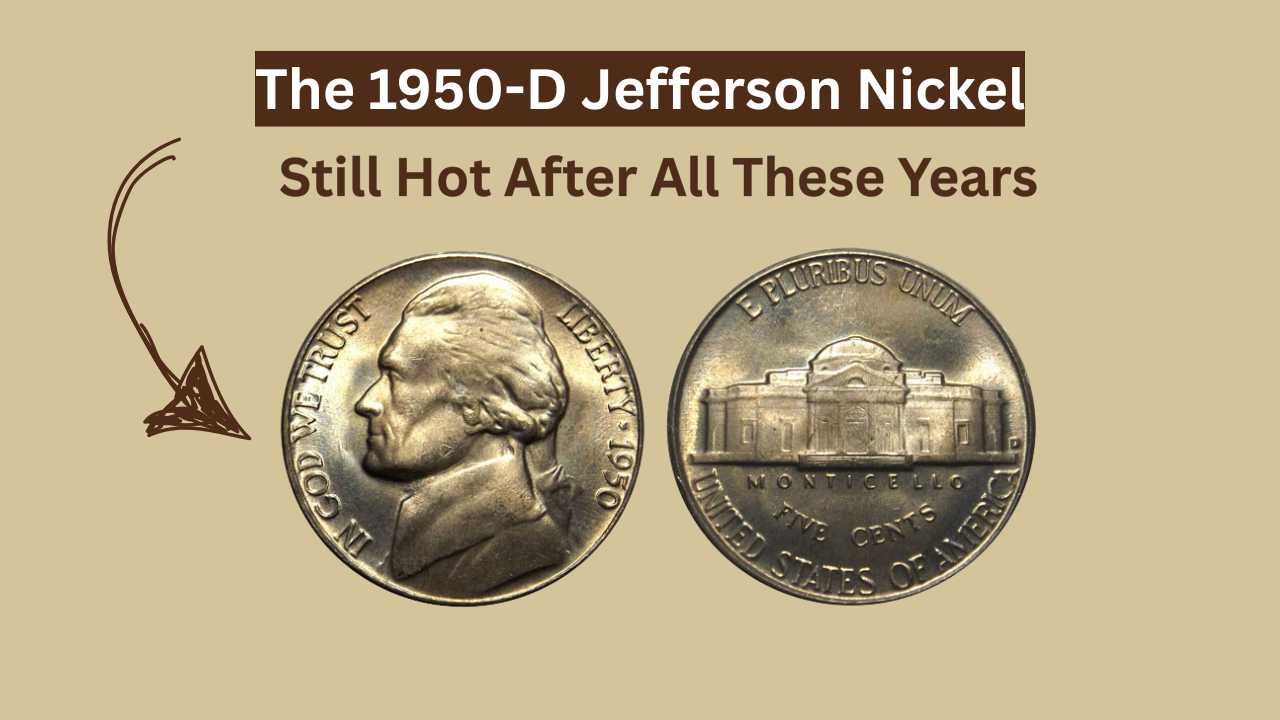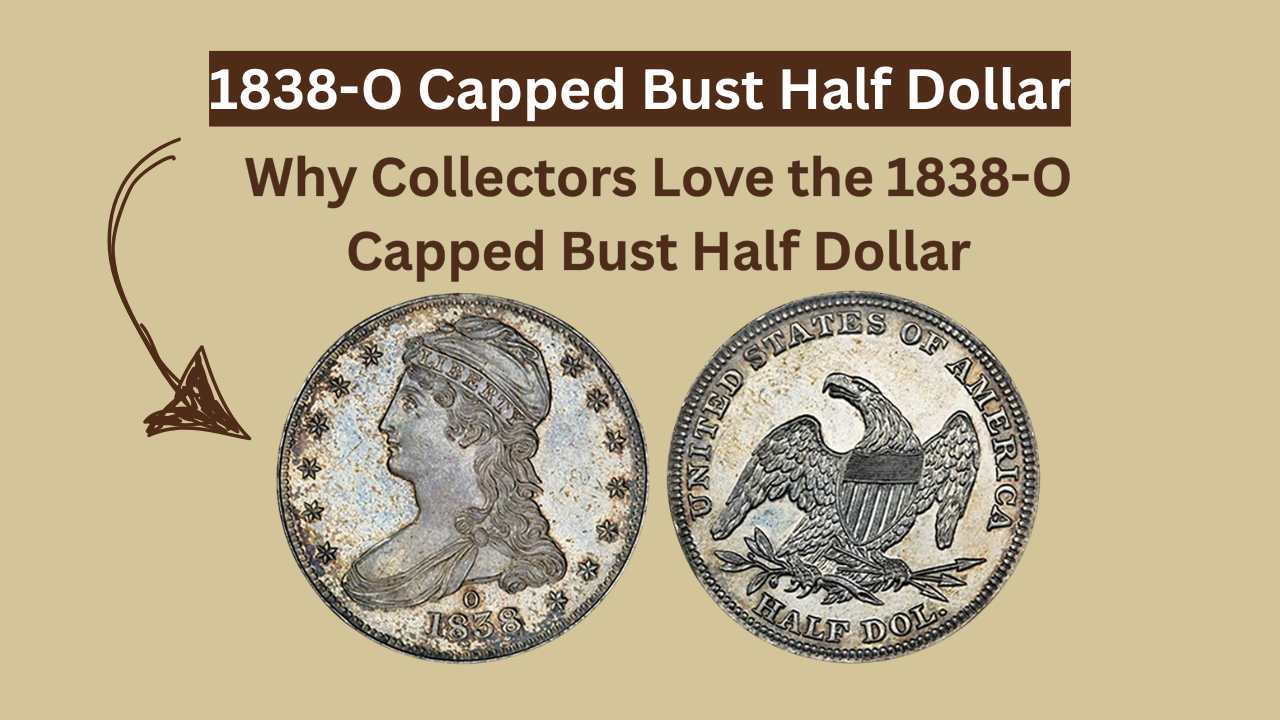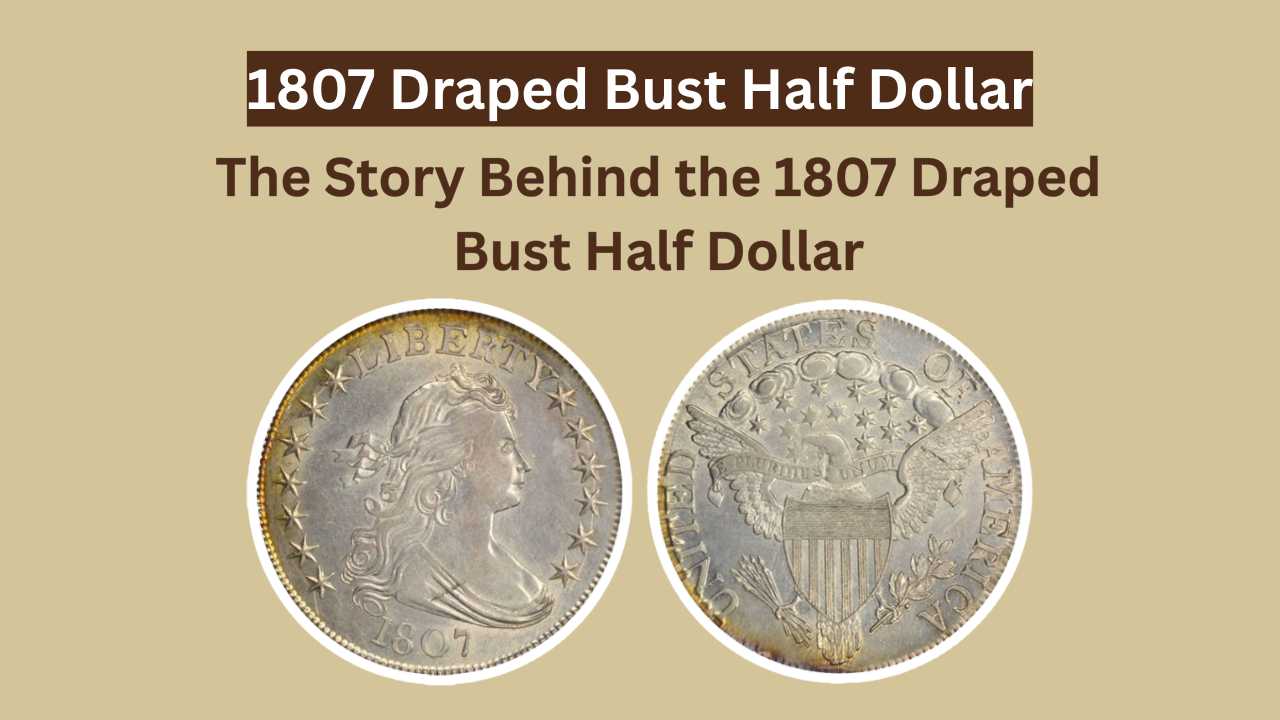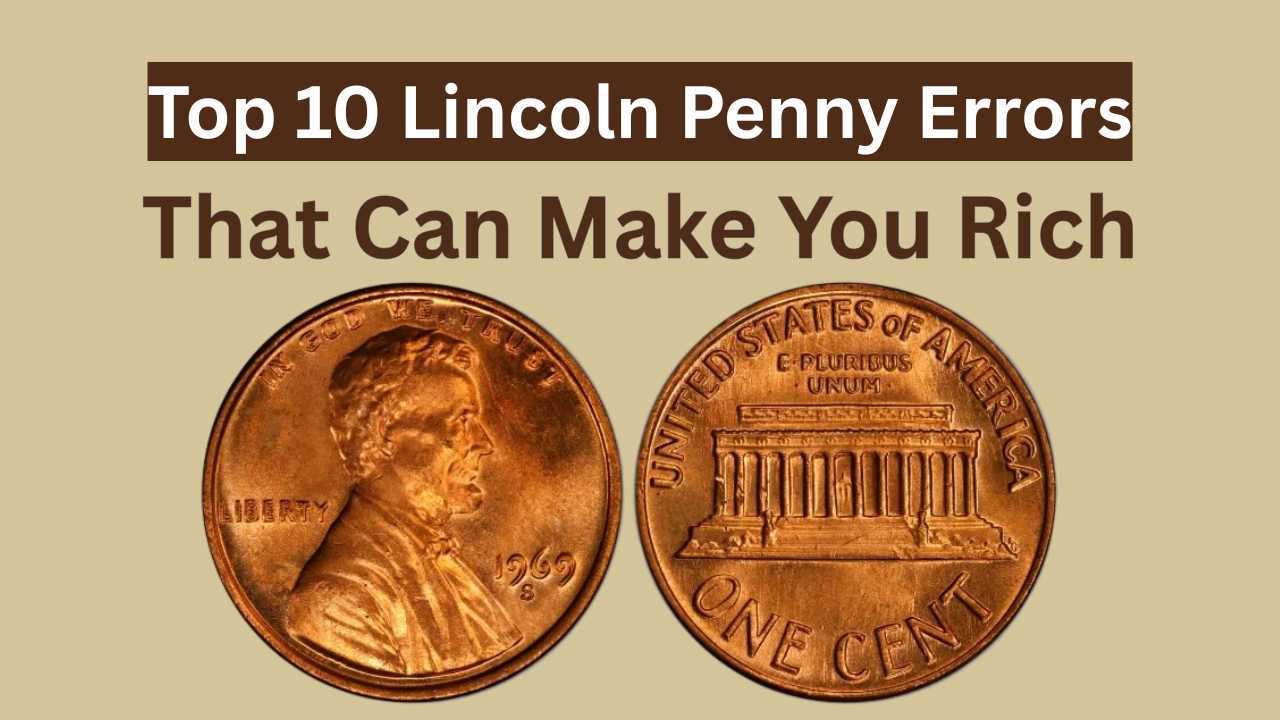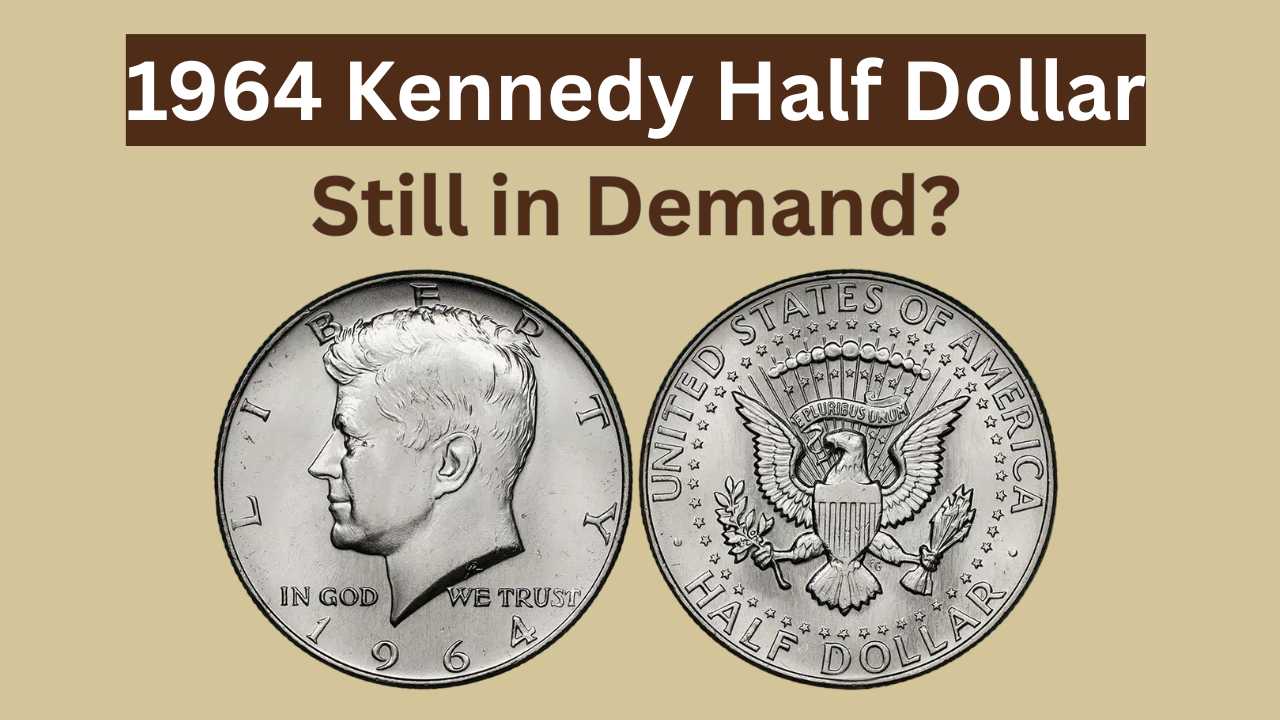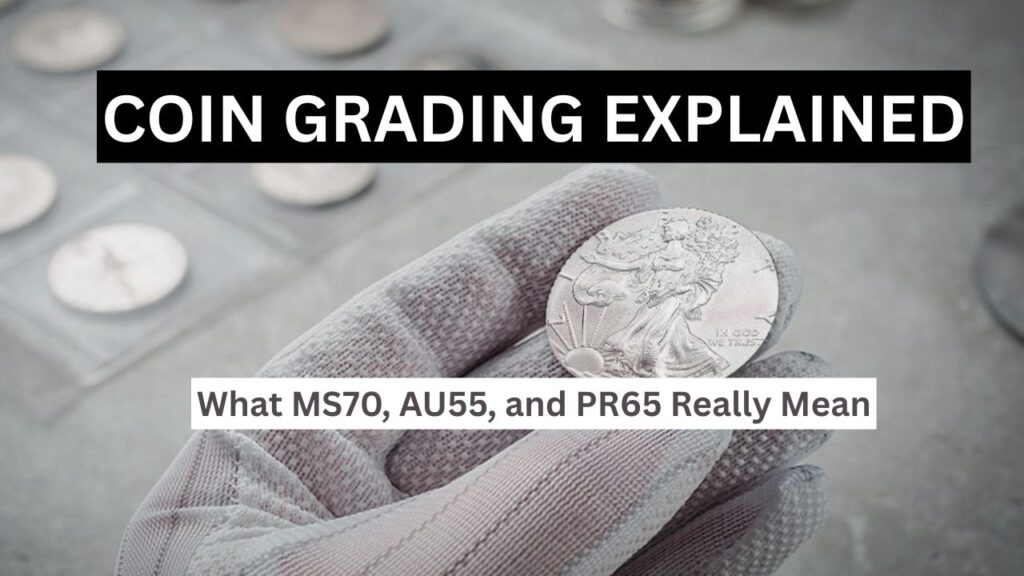
Ever seen a coin labeled “MS70” or “AU55” and wondered if someone was talking in code? You’re not alone. The world of coin collecting is filled with cryptic numbers and letters that can leave beginners (and even some seasoned collectors) scratching their heads. But here’s the truth: those strange-sounding coin grades are the secret language of value, rarity, and condition. Whether you’re holding a pocket find or investing in a rare 1800s silver dollar, understanding coin grading can unlock a new level of insight into what your coin is really worth.
Let’s crack the code behind MS70, AU55, and PR65, and dive deep into the fascinating world of numismatic grading—where condition is everything, and a tiny scratch can mean thousands of dollars gained or lost. Ready? Let’s break it all down in real, relatable terms.
What Is Coin Grading—and Why Should You Even Care?
Coin grading is the process of evaluating a coin’s condition or state of preservation, and it plays a major role in determining how much a coin is worth. Think of it like getting your car evaluated before selling it. A mint-condition Ferrari will sell for far more than a rusty old Honda. Coins work the same way. The cleaner, shinier, and more flawless the coin, the more it’s worth. But unlike cars, coin condition isn’t just visual—it’s extremely technical. That’s where the grading scale comes in.
The most commonly used system is the Sheldon Scale, which ranges from 1 to 70. A coin graded 1 is barely recognizable, while 70 is absolutely flawless—even under magnification. Yes, that’s a high bar. And guess what? Coins that hit MS70 or PR70 are the Holy Grail of modern numismatics. They’re museum-worthy, investment-grade, and often extremely rare in top condition.

Breaking Down the Coin Grading Codes: MS70, AU55, PR65
Let’s decode the most commonly seen coin grades you’ll come across. These aren’t just random letters and numbers—they each tell a full story about a coin’s past, its present condition, and even its market potential.
| Grade | Meaning | Full Form | Condition Description |
|---|---|---|---|
| MS70 | Mint State 70 | Mint State Perfect | Perfect condition, no visible marks even under 5x magnification. Rare and highly valuable. |
| MS65 | Mint State 65 | Mint State Gem | Attractive coin with minor imperfections. A great balance of quality and value. |
| AU55 | About Uncirculated 55 | About Uncirculated | Nearly Mint State but with slight wear on highest points. Still visually appealing. |
| XF45 | Extremely Fine 45 | Extremely Fine | Noticeable wear, but all design elements are clear and bold. |
| PR65 | Proof 65 | Proof Gem | High-quality proof coin with minor flaws. Shiny, mirror-like surfaces. |
| PR70 | Proof 70 | Proof Perfect | Flawless proof coin with no marks under magnification. The top of the top. |
MS = Mint State. AU = About Uncirculated. PR = Proof. These prefixes tell you not just the condition, but also the type of coin (circulated, uncirculated, or proof), and the number gives the grade within that category.
MS70: The Unicorn of Coin Collecting
If you see a coin graded MS70, you’re looking at a piece of perfection. This coin has zero flaws, even under a 5x microscope. Not even a whisper of a scratch. These coins are struck for circulation but survived without any damage—a rare feat. Think about how many hands a coin goes through, how many pockets, wallets, machines. For one to remain untouched is almost like time-travel magic.
Because of this, MS70 coins carry a premium price. For example, a 1986 Silver Eagle in MS70 can sell for $500 or more, while the same coin in MS69 might fetch only $70. That’s how much difference one grade point can make. It’s a game of precision—and luck.
AU55: Almost Mint, But Not Quite
Now, AU55 stands for About Uncirculated, and it’s exactly what it sounds like. The coin has almost never been used, but you can see light wear on the highest points of the design. These are coins that might have slipped into a cash register or been handled briefly before being pulled aside by someone with a sharp eye.
Collectors love AU coins because they still retain most of their original mint luster and details. They’re also a lot more affordable than Mint State examples, making them a sweet spot for new collectors who want great-looking coins without the MS70 price tag.
PR65: Proof That Gleams with Elegance
Proof coins are a different breed altogether. They’re not made for circulation; they’re made for collectors. Proof coins are struck with specially polished dies and planchets, often multiple times, to create a sharp, high-contrast finish. Think mirror-like surfaces with frosted designs—basically, the red carpet version of coins.
A PR65 (Proof 65) coin is a gem-quality proof, meaning it’s clean, attractive, and only has tiny flaws visible under magnification. These aren’t your regular change. They’re usually sold in special government packaging and never meant to be spent. For investors and high-end collectors, PR65 and PR70 are prime targets because their rarity often increases with time, especially in precious metals like gold or silver.
The Role of Third-Party Grading Companies
You might be wondering, “Who decides what grade a coin gets?” Excellent question. That job falls to third-party grading companies like PCGS (Professional Coin Grading Service) and NGC (Numismatic Guaranty Company). These companies have professional graders who inspect every coin under controlled lighting and magnification, assign a grade, and seal the coin in a tamper-proof slab with a barcode and certificate.
This process is what gives the coin its market trust. A coin graded MS70 by NGC is trusted across the globe, which makes it easier to buy, sell, or auction with confidence. Without this neutral grading, the coin world would be a Wild West of opinions and price disputes.
So, Why Does Coin Grading Even Matter?
Coin grading isn’t just about being nerdy with numbers. It’s about knowing what you own—and what it’s truly worth. If you’re investing in coins, even modern silver eagles or commemorative pieces, you absolutely must understand grading. One grade up or down can mean hundreds or even thousands of dollars in difference.
And here’s where it gets interesting: the coin market is driven by both rarity and condition. So a common-date coin in MS70 might be worth more than a rare date in AU50. Strange? Maybe. But that’s the magic of numismatics. Beauty and preservation sometimes trump history.
Final Thoughts: The Power of Numbers on Metal
Let’s be clear: coin collecting is more than a hobby—it’s a form of historical treasure hunting. And grading is the decoder ring that makes the hunt make sense. Whether you’re holding a shiny new proof or a century-old dime, that little grade tells you a lot. So the next time you see MS70, AU55, or PR65, remember: it’s not just a label. It’s a story. A value. A future asset.
Understanding coin grading can make you a smarter collector, a sharper investor, and—let’s face it—a bit cooler at parties when someone pulls out their lucky penny. After all, knowledge like this doesn’t just stick to your wallet… it sticks to your legacy.
#CoinGrading #MS70 #AU55 #PR65 #Numismatics #CoinCollectors #InvestInCoins #RareCoins #ProofCoins #SheldonScale #PCGS #NGC
Want to see real-world examples of MS70 and PR65 coins? Or confused about how to get your own coins graded? Drop a comment below or check out our upcoming post on “How to Submit Coins to NGC or PCGS (Without Getting Ripped Off)”.


